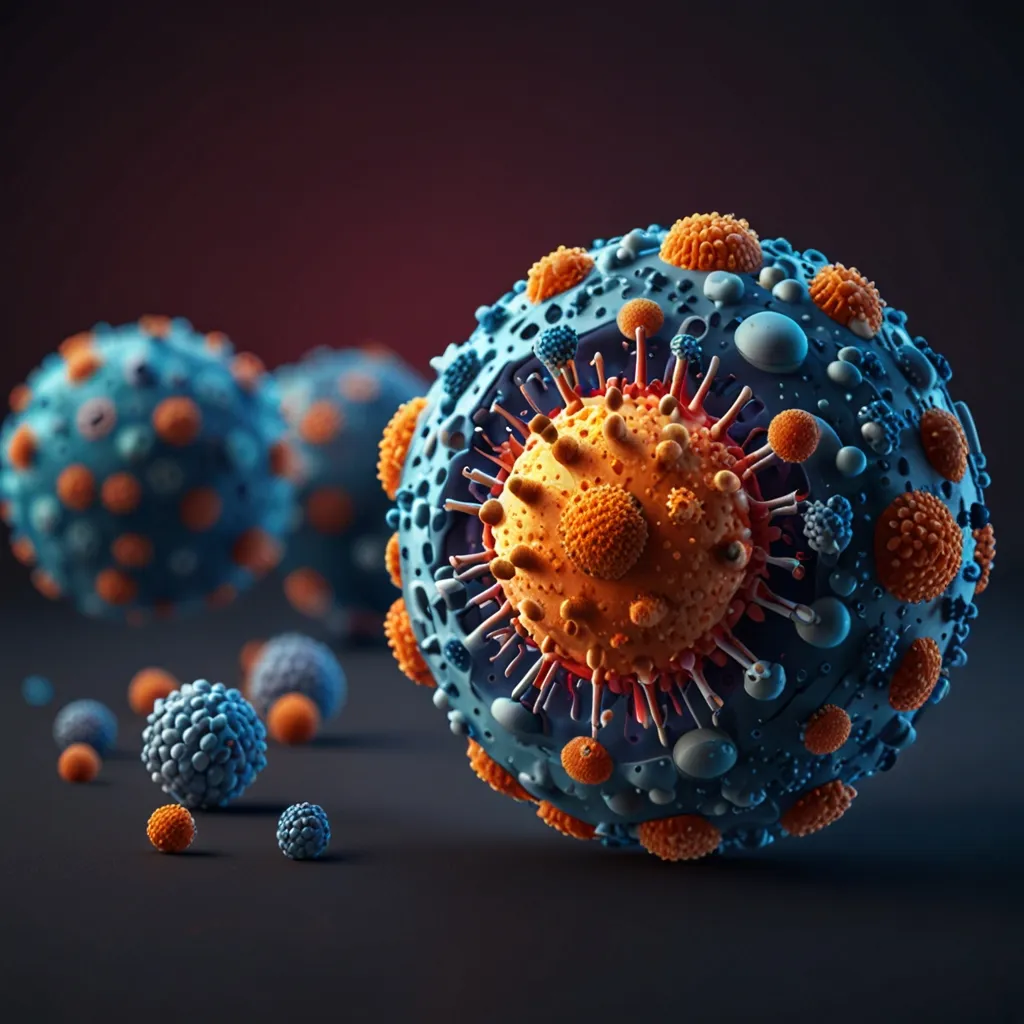Who hasn’t felt that rush of dread, a racing heart, or that gnawing sense of worry that seemingly comes out of nowhere? We’re talking about anxiety, which isn’t just your run-of-the-mill nervousness. Anxiety disorders are way more complex, affecting millions across the globe. They can make you feel like the world’s a chaotic maze where every turn seems scarier than the last.
Understanding these disorders isn’t just about knowing what they are; it’s about figuring out what causes them, recognizing the symptoms, and finding ways to treat them. So, let’s dive into the messy but manageable world of anxiety disorders.
What’s Causing All This Anxiety?
Anxiety disorders don’t pop up overnight for no reason. There’s a whole cocktail of factors at play - your genes, what’s happening around you, and even your past experiences. Stress is a BIG one. You know that “fight or flight” thing your body does when you’re in danger? It’s like your body’s way of saying, “Hey, watch out!” But if you’re stressed all the time, it’s like that alarm never shuts off, leading to chronic anxiety.
But it’s more than just stress. Traumatic events can mess you up long after they happen. PTSD is a prime example here where even when the event’s long gone, the anxiety sticks around like an unwelcome guest. Chronic illnesses like diabetes or COPD are also culprits. Navigating daily life with these conditions adds layers of stress and anxiety.
Spotting the Signs
Anxiety showcases itself in many forms, and the symptoms can vary a lot from person to person. Picture this: you can’t sit still, your mind’s all over the place, and sleep? Forget about it. You’re irritable and just tired all the time. On top of that, there are those pesky physical symptoms like random aches and pains. At its worst, anxiety can throw you into a full-blown panic attack. Imagine feeling like you’re having a heart attack when your chest tightens up, you start sweating bullets, and breathing becomes a task. Not fun.
Panic attacks are a special kind of awful, leaving individuals terrified of another episode, pushing them to avoid places or situations that might trigger these attacks. It’s like living in constant fear of fear itself.
The Many Faces of Anxiety Disorders
Anxiety isn’t just one big umbrella term. There are different types, each with its quirks. Generalized anxiety disorder (GAD) is about worrying excessively over everyday things. Think of it as your brain’s constant jabbering, stressing over stuff that’s mostly out of your control.
Then there’s social anxiety disorder, where social interactions feel like being thrown into a lion’s den. You’re constantly terrified of being judged or making a fool of yourself. Specific phobias are about fearing specific things – like spiders, heights, or even flying. Then we have panic disorder, where panic attacks are the unfortunate stars of the show.
Obsessive-compulsive disorder (OCD) comes with intrusive thoughts and compulsions to perform certain rituals. And, of course, PTSD, where traumatic past events cast long shadows over the present.
Finding the Right Path to Treatment
Addressing anxiety is like piecing together a puzzle, and the pieces often involve therapy, medications, and lifestyle tweaks. Psychotherapy or “talk therapy” is often the go-to starting point. Cognitive Behavioral Therapy (CBT) is particularly effective as it helps change those negative thought patterns causing all the trouble. It’s like reprogramming your mind to cope better.
Medications can also be crucial. Antidepressants and benzodiazepines are common, but benzodiazepines are typically for short-term use to avoid potential dependence. Beta-blockers can help with physical symptoms, like that annoying racing heart.
Ditch the Anxious Lifestyle
Beyond therapy and meds, day-to-day lifestyle changes can make a world of difference. Cutting back on caffeine is a smart move since caffeine can amp up anxiety symptoms. Reducing stress wherever possible and learning to relax are key. Techniques like mindfulness, chilling out your muscles progressively, and proper breathing can genuinely help dial down that anxiety level.
Physical activity is another anxiety buster. Exercise releases brain chemicals that lift your spirits and kick stress to the curb. And let’s not forget sleep – good quality rest is essential. Having a calming bedtime routine and staying away from screens late at night can help catch those much-needed Zs.
Support Systems and Self-Care
Never underestimate the power of connection. Social ties can be anchors in stormy seas. Hanging out with friends and family can provide much-needed emotional support. Support groups also offer a safe space where you can share your struggles and learn from others who’re in the same boat.
Self-care isn’t just bubble baths and candles (though those are great too). Journaling, meditation, and yoga are all solid techniques for managing anxiety. Grounding techniques like the 3-3-3 rule focus you on the present moment, steering your mind away from anxious thoughts.
Taming the Mind
Managing those pesky negative thoughts is crucial, and CBT shines here. It teaches individuals to redirect those anxious thoughts into more positive or realistic ones. By changing how you think, you can significantly lower anxiety levels.
Dodging Triggers
Identifying what sets off your anxiety and steering clear of these triggers whenever possible is pretty important. This might mean avoiding certain social situations, or public places, or even just cutting down on news consumption to keep anxiety at bay.
Moving Forward
Living with anxiety doesn’t have to mean living in constant fear. Understanding what triggers anxiety and recognizing its symptoms can be empowering. With the right mix of therapy, medication, and lifestyle tweaks, it’s entirely possible to manage anxiety effectively.
Remember, it’s okay to seek help. Whether it’s through talking to a therapist, taking medication, or embracing self-care practices, there are multiple ways to tackle anxiety head-on. It’s all about finding what works best for you and integrating those strategies into your daily life.
In a world filled with challenges and uncertainties, managing anxiety might seem like an uphill battle, but one thing’s for sure - it’s manageable. By staying informed, seeking support, and being kind to yourself, you can navigate this maze and come out strong on the other side. Yes, anxiety might be relentless, but with the right tools and mindset, it doesn’t stand a chance.






